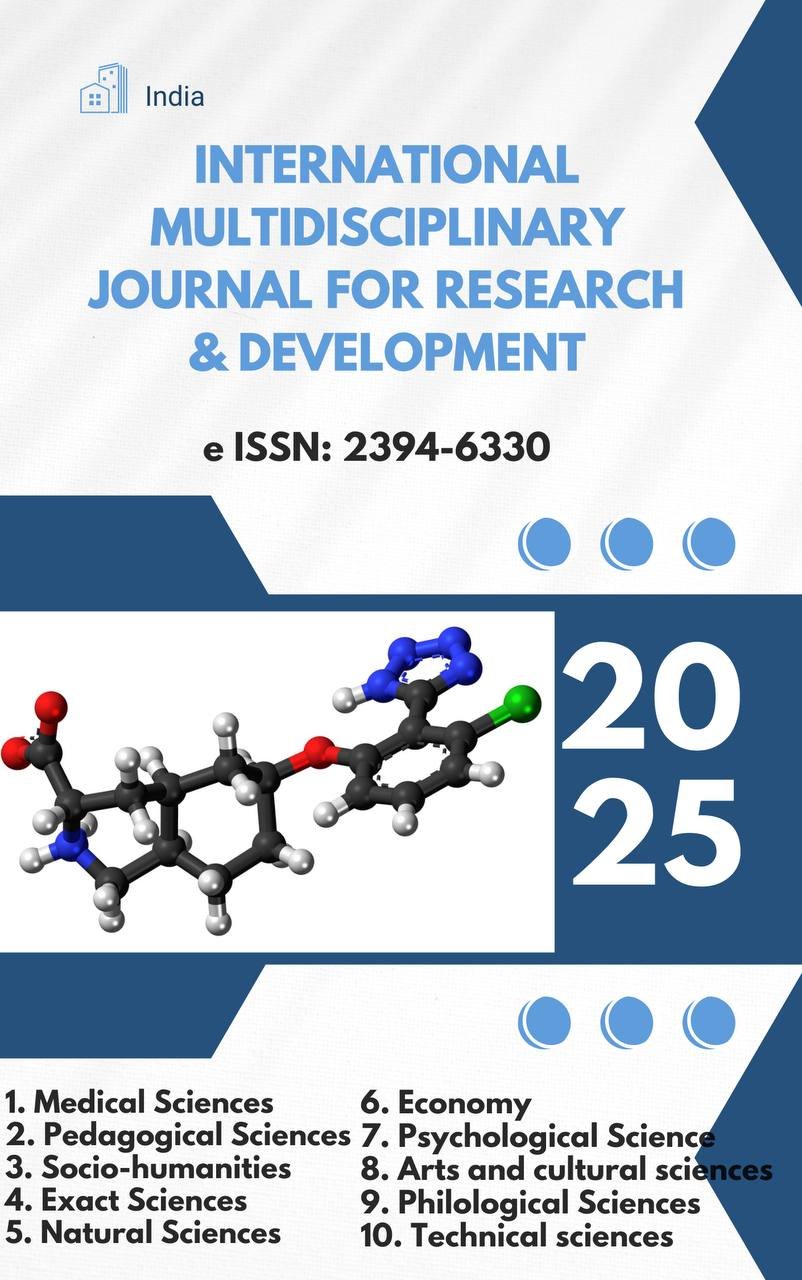PARAMETRIC ANALYSIS AND RECLASSIFICATION OF ENGLISH AND UZBEK IDEOGRAPHIC DICTIONARIES

Abstract
This paper explores the structural and semantic peculiarities of English and Uzbek ideographic dictionaries through a parametric analytical approach. The research identifies core organizational principles, thematic grouping strategies, and hierarchical classifications embedded in both languages’ ideographic resources. By drawing on comparative methodology and parametric linguistics, the study offers a novel classification framework tailored to bilingual ideographic lexicography. This new model aims to improve user accessibility, cognitive processing, and multilingual dictionary design. The research also reflects on cultural-linguistic implications that emerge when ideographic fields are constructed across typologically distinct languages.
Keywords
Ideographic dictionary, parameter analysis, lexicographic classification, English-Uzbek comparison, lexical field theory.
References
- Baker, M. (2001). The Atoms of Language: The Mind’s Hidden Rules of Grammar. Basic Books.
- Chomsky, N. (1981). Lectures on Government and Binding. Foris Publications.
- Lakoff, G. (1987). Women, Fire, and Dangerous Things: What Categories Reveal About the Mind. University of Chicago Press.
- Lehrer, A. (1974). Semantic Fields and Lexical Structure. North-Holland.
- Trier, J. (1931). Der deutsche Wortschatz im Sinnbezirk des Verstandes. Heidelberg.